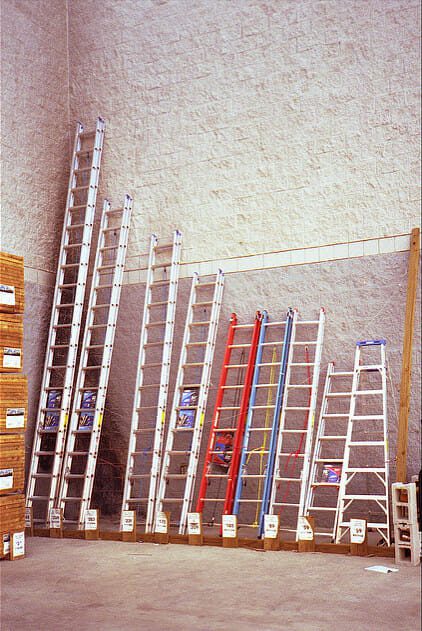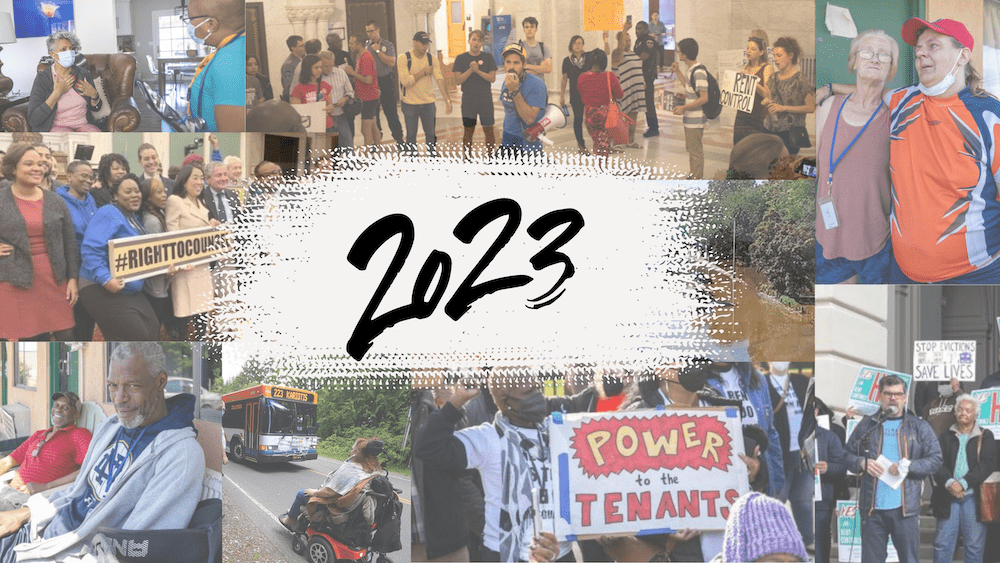
Photo by Michael Cramer via flickr, CC BY-NC 2.0
How would you measure whether a person was making progress to escape poverty? You’d probably look to see if their income was increasing. If you’ve been tuned in to the asset-building movement you might also look at their accumulation of assets and preparation for a financial emergency. In the age of the gig economy, you might also want to look at cash flow.
But can poverty-fighting be solely measured by money?
No, says the U.S. Partnership for Mobility from Poverty, a recently launched group that has been releasing a number of fascinating publications. To accurately measure someone’s trajectory out of poverty, their latest publication Measuring Mobility from Poverty asserts, you need to measure two other dimensions, along with economic ones—power and agency, and belonging or social connectedness. Those categories will both influence the financial side and also influence the experiences of being in whatever financial situation a person is starting from. The three dimensions interact with each other.
Most of the publication is a fairly nerdy list of existing scales and research tools that can been used to assess each of these three areas. That will be good for researchers, and organizations looking to set up evaluations of their work.
But the introduction and conclusion, which argue for taking this broader view of what to measure, are important. These measures, including the ones under economic security—which include things like income adequacy and material hardship—feel much more relevant to me than the oft-used measure of late about chance of moving from the lowest income quintile to the highest quintile. As I wrote when Raj Chetty’s research was the talk of the town:
“Comparative income quintiles don’t tell us very much about the material conditions of people’s lives. When someone rises into the top fifth, someone else falls into the bottom fifth. Income, as we know, ignores the substantial effects of asset inequality. In an area where income inequality is relatively flat and the floor is relatively high, it will be both easier to move from one end of the spectrum to the other and less important how far you go.”
So this is why I find the inclusion of this wide range of other measures in this paper to be fascinating and promising. In fact, I’d really like to see the premise behind it expanded into a piece that is not so in the weeds on the specific measures and accessible to a wider range of people.
I expect that could be a very useful tool to help people think and talk more concretely about some of the more charged trade-offs that often come up when talking about fighting poverty—how to value existing social networks, for example, in places that provide fewer other opportunities.
The partnership is, in fact, more or less trying to create a new definition of mobility from poverty. And I admit I’m a little unsure how to feel about that. Mobility, over the past decade, has become a very literal term—when it’s not being used in transportation-oriented context, it’s generally used to describe a philosophy that prioritizes physically moving families to a place where more amenities and opportunities exist and/or other families are on average doing better. In fact the word has gotten so associated with that philosophy, that I admit I was slow to understand the breadth of the work the partnership is taking on, which is in fact quite large. Perhaps that was an intentional move, trying to capitalize on the attention a popular term generates, without actually entering a polarized “either/or” debate. I worry it might also lose some attention that the work deserves.
Either way, their choice is made, and I look forward to following more of what the partnership puts out.





Comments